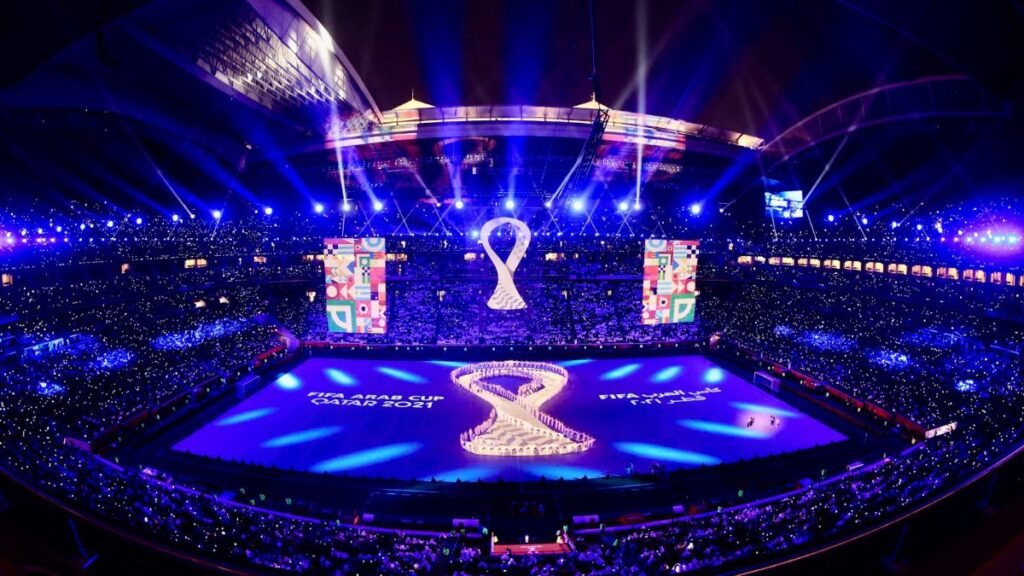Today we bring you the first detachable football stadium, the Ras Abu Aboud Stadium designed by Fenwick Iribarren Architects from Spain.
This innovative design has been realised for the upcoming 2022 FIFA World Cup football championship in Qatar. Named Stadium 974, it is designed to be relatively easy to dismantle and rebuild, and has been constructed using almost 1,000 shipping containers.
Stadium 974, as it is called, is located in Qatar’s capital Doha, on the coast near a port and an airport. Its new official name is chosen for the local area code as from the total number of shipping containers used to create the stadium.
The ‘974 Stadium’ had its first match last November 30 during the opening of the 2021 FIFA Arab Cup where the United Arab Emirates played against Syria in a 2-1 victory.

It has a total capacity of 40,000 spectators and consists of a steel structure with a partial roof on top, while the containers themselves are used to house seats, stands, toilets and other areas. Many of the containers used were the same ones used to transport construction materials to the site.
Once the World Cup begins in 2022, the stadium will be used to host a series of matches until the football championship reaches the knockout stage
When the final whistle blows and the World Cup comes to an end, the idea is that the stadium will be dismantled and rebuilt elsewhere or its parts recycled.
“The unique modular design used for this stadium has allowed for fewer building materials to be used compared to traditional stadium developments.”
– Fenwick Iribarren Architects.
It is therefore a landmark sustainability project that will inspire future organisers of major sporting events. It is also the case that many of these containers used for the construction of the venue were used to transport construction materials to the site. Stadium 974 is aiming for five-star Global Sustainability Rating System certification for both its design and construction.
All of which sounds fantastic, but there is an obvious concern, one that affects all architectural projects based on shipping containers, and that is the terrible thermal performance of the metal boxes, which is especially worrying in such a hot part of the world. However, on this note, Fenwick Iribarren Architects seems fairly confident and reckons that the local breeze will suffice.
Moreover, because of its innovative design and seaside location, the stadium is naturally ventilated, obviating the need for cooling technology
How Ras Abu Aboud Stadium was built
Sustainable features of Ras Abu Aboud Stadium
The main sustainable feature of the Ras Abu Aboud project is the lower construction costs. The use of prefabricated and modular elements during the design of the stadium has reduced the waste generated during the production of the stadium components as well as during construction. The modular approach also minimised the construction time of the site.
The stadium structure also has a reduced CO2 footprint due to the minimal construction material used and waste generated achieving Global Sustainability Assessment System (GSAS) four-star certification.
